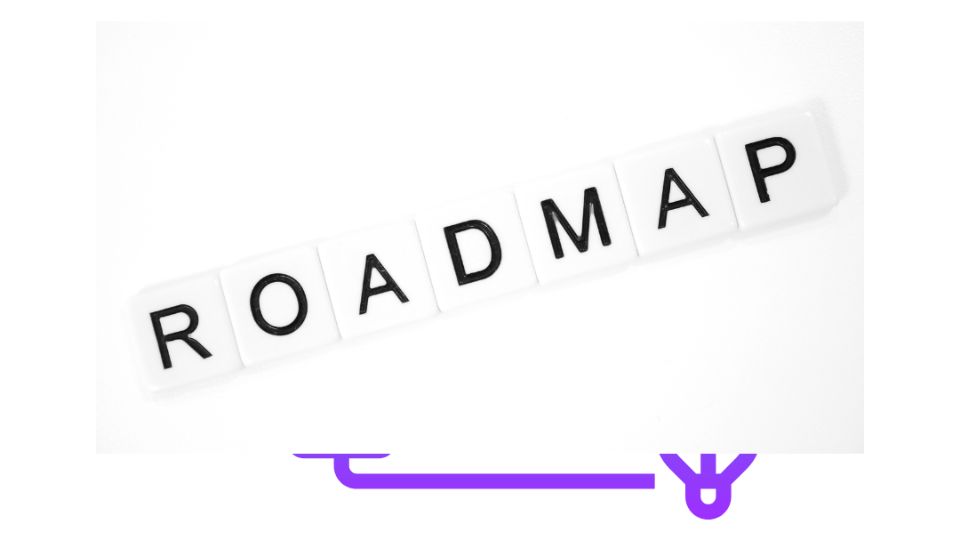Building Better Roadmaps with Scrum
Creating a roadmap is a crucial step in project planning and execution, particularly in Agile environments. Scrum, with its iterative approach and focus on adaptability, provides an excellent framework for building roadmaps that align with business goals, team capacity, and customer needs. Here's how Scrum can help teams craft effective and dynamic roadmaps.
1. Define Clear Objectives
A roadmap serves as a strategic guide, outlining the goals and milestones for a project. In Scrum, objectives are often aligned with the product vision and broken down into Epics and User Stories.
- How Scrum Helps: Scrum encourages frequent collaboration between stakeholders and Product Owners, ensuring that objectives remain aligned with evolving requirements.
- Using Vabro: Tools like Vabro offer integrated roadmap features, allowing teams to prioritize tasks and visualize progress effectively.
2. Prioritize Flexibility Over Rigidity
Traditional roadmaps can become obsolete due to changing business requirements. Scrum’s iterative approach ensures that roadmaps are adaptable.
- How Scrum Helps: With regular sprint reviews and backlog grooming sessions, teams can adjust their roadmap based on feedback and priorities.
- Pro Tip: Consider dividing the roadmap into short-term (sprints), mid-term (releases), and long-term (vision) goals.
3. Focus on Delivering Value
Scrum emphasizes delivering increments of value through each sprint. This principle can be extended to roadmaps by focusing on outcomes rather than outputs.
- How Scrum Helps: By tying roadmap items to business value, teams ensure that every milestone contributes directly to user satisfaction or organizational goals.
- Example: Instead of planning features, focus on customer-centric outcomes, like "Reduce onboarding time by 20%."
4. Foster Team Collaboration
Roadmaps should reflect the collective inputs of stakeholders, developers, and product managers. Scrum’s emphasis on cross-functional teams ensures that all voices are heard.
- How Scrum Helps: Scrum ceremonies like sprint planning and retrospectives allow team members to provide input and adjust the roadmap collaboratively.
- Using Vabro: With Vabro’s shared dashboard, all stakeholders can stay updated and contribute to roadmap discussions seamlessly.
5. Leverage Visual Tools for Clarity
A well-designed roadmap should be easy to understand and visually engaging. Scrum-friendly tools like Vabro make this process straightforward.
- How Scrum Helps: Scrum’s focus on transparency ensures that roadmaps are clear, accessible, and easy to communicate across teams.
- Using Vabro: Vabro’s visual roadmap features allow teams to map dependencies, track progress, and ensure alignment with project goals.
6. Monitor and Iterate
Continuous improvement is at the heart of Scrum. Roadmaps should be treated as living documents, regularly updated to reflect new insights or priorities.
- How Scrum Helps: The retrospective process provides an excellent opportunity to evaluate and refine the roadmap.
- Action Step: Use sprint metrics to assess progress and adjust your roadmap accordingly.
Conclusion
Building better roadmaps with Scrum involves leveraging its iterative, flexible, and collaborative nature. Tools like Vabro enhance this process by providing intuitive features for planning, tracking, and refining roadmaps. By aligning every aspect of the roadmap with Scrum principles, teams can ensure they remain focused on delivering value, meeting goals, and adapting to change effectively.
